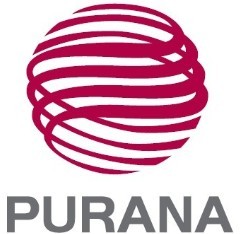Product (203)
- Spring Operating Mechanism (2)
- Switchgear Accessories (6)
- Cable Accessories (Cable Connector & Cable Terminal) (10)
- Indoor Vacuum Circuit Breaker (7)
- Outdoor Vacuum Circuit Breaker (4)
- Embedded Poles (34)
- Spout (Contact Boxes) (15)
- Load Break Switch and Accessories (12)
- Contact and Contact Arm (64)
- Vacuum Circuit Breaker Trolley (5)
- Switchgear Lighting Lamp (2)
- Auxiliary switch (6)
- Low Voltage Switchgear Panel Accessories (1)
- Epoxy Resin Insulating Accessories (28)
- Multifunction Protective Relays (1)
-
Secondary Socket and Plug
(4)

- VD4 Motors (2)
News (31)
Electric Knowledge (5)
Credit Report
Products Index
News
Electric Motor

An electric motor converts electrical energy into mechanical energy. Most electric motors operate through interacting magnetic fields and current-carrying conductors to generate force, although a few use electrostatic forces. The reverse process, producing electrical energy from mechanical energy, is accomplished by some type of generator such as an alternator or a dynamo. Many types of electric motors can be run as generators, and vice versa. For example a starter/generator for a gas turbine, or traction motors used on vehicles, often perform both tasks.
Electric motors are found in applications as diverse as industrial fans, blowers and pumps, machine tools, household appliances, power tools, and disk drives. They may be powered by direct current (e.g., a battery powered portable device or motor vehicle), or by alternating current from a central electrical distribution grid. The smallest motors may be found in electric wristwatches. Medium-size motors of highly standardized dimensions and characteristics provide convenient mechanical power for industrial uses. The very largest electric motors are used for propulsion of large ships, and for such purposes as pipeline compressors, with ratings in the millions of watts. Electric motors may be classified by the source of electric power, by their internal construction, by their application, or by the type of motion they give.
The physical principle of production of mechanical force by the interactions of an electric current and a magnetic field was known as early as 1821. Electric motors of increasing efficiency were constructed throughout the 19th century, but commercial exploitation of electric motors on a large scale required efficient electrical generators and electrical distribution networks.
Some devices, such as magnetic solenoids and loudspeakers, although they generate some mechanical power, are not generally referred to as electric motors, and are usually termed actuators and transducers, respectively.
Pre Page:
Prospects of Embedded Poles
Next Page:
Siemens gears up with Leeds investment




